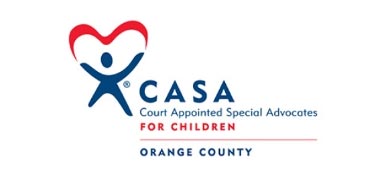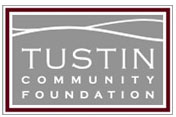
Trust beneficiaries protection from creditors has been weakened by March 17th Supreme Court decision of Carmack v. Reynolds.
A Spendthrift Trust is a type of property control mechanism that limits the beneficiary’s access to trust principal. This restriction protects trust property from: (1) a beneficiary who might squander trust property, and (2) the beneficiary’s creditors. Spendthrift Trusts are typically created by a Grantor who wants to leave property to a beneficiary but is concerned that the beneficiary may use the property unwisely or that he or she may get into trouble with creditors. Creditors of a beneficiary of a spendthrift trust generally cannot reach trust assets while the assets are in the hands of the trustee, even if the creditor has secured a judgment against the beneficiary, rather, creditors must wait until the trustee makes distributions to the beneficiary.
Issues regarding spendthrift trusts often arise in bankruptcy proceedings because under federal law, a bankruptcy estate includes all legal and equitable interests of the debtor in property as of the commencement of the bankruptcy, and property rights are determined by state law. U.C.S. § 541(a). Under the California Probate Code, spendthrift provisions on trust income and principal are generally enforced. Cal. Prob. Code §§ 15300, 15301. However, the Probate Code also provides that despite such restraints, a creditor may obtain an order directing the trustee to satisfy all or part of the judgment out of the payment to which the beneficiary is entitled under the trust instrument, so long as the payment does not exceed 25% of the payment that otherwise would be made to the beneficiary. Cal. Prob. Code § 15306.5. In other words, the spendthrift restriction fully protects only 75% of the interest in the trust.
In March 2017, the California Supreme Court decided the Carmack v. Reynolds case where a Chapter 7 bankruptcy trustee brought a proceeding seeking to compel turnover of the undistributed principal to which a debtor was entitled under a spendthrift trust established by his late father. The United States Bankruptcy Court for the Central District of California granted the debtor’s motion for summary judgment, and the bankruptcy trustee appealed. The Supreme Court concluded that a bankruptcy trustee, standing as a hypothetical judgment creditor, can reach a beneficiary’s interest in a trust that pays entirely out of principal in two ways: (1) It may reach up to the full amount of any distributions of principal that are currently due and payable to the beneficiary, unless the trust instrument specified that those distributions are for the beneficiary’s support or education and the beneficiary needs those distributions for either purpose; (2) Separately, the bankruptcy trustee can reach up to 25% of any anticipated payments made to, or for the benefit of, the beneficiary, reduced to the extent necessary by the support needs of the beneficiary and any dependents.
As a result of the Carmack case, the degree of protection from a Spendthrift Trust may now be less than before the decision, meaning a Spendthrift Trust or Spendthrift provision in your trust may not provide as much protection as it did prior to the decision. However, your trust can be amended to include additional language that the distribution shall be used for the beneficiary’s health, maintenance, support and education. Please let us know if you think your Estate Plan may need to be amended.
By: Samantha S. Smith
Associate Attorney
Disclaimer: This article is intended to provide a general summary of laws in the State of California and should not be construed as a legal opinion nor a complete legal analysis of the subject matter. Noelle Minto is an attorney at NM Law, APC in Tustin, California, a law firm specializing in Trusts & Estates and Business Transactions.
Testimonials
Charities We Support
We dedicate pro bono time, volunteer services, and a percentage of our gross revenue to these organizations. In 2023, we sponsored a refugee family of five to come to the United States and start a new life.
Each year our law firm decides as a group which charities to assist with our time, money, and expertise. Please feel free to click on any of the charities below and make a donation of your own.


















